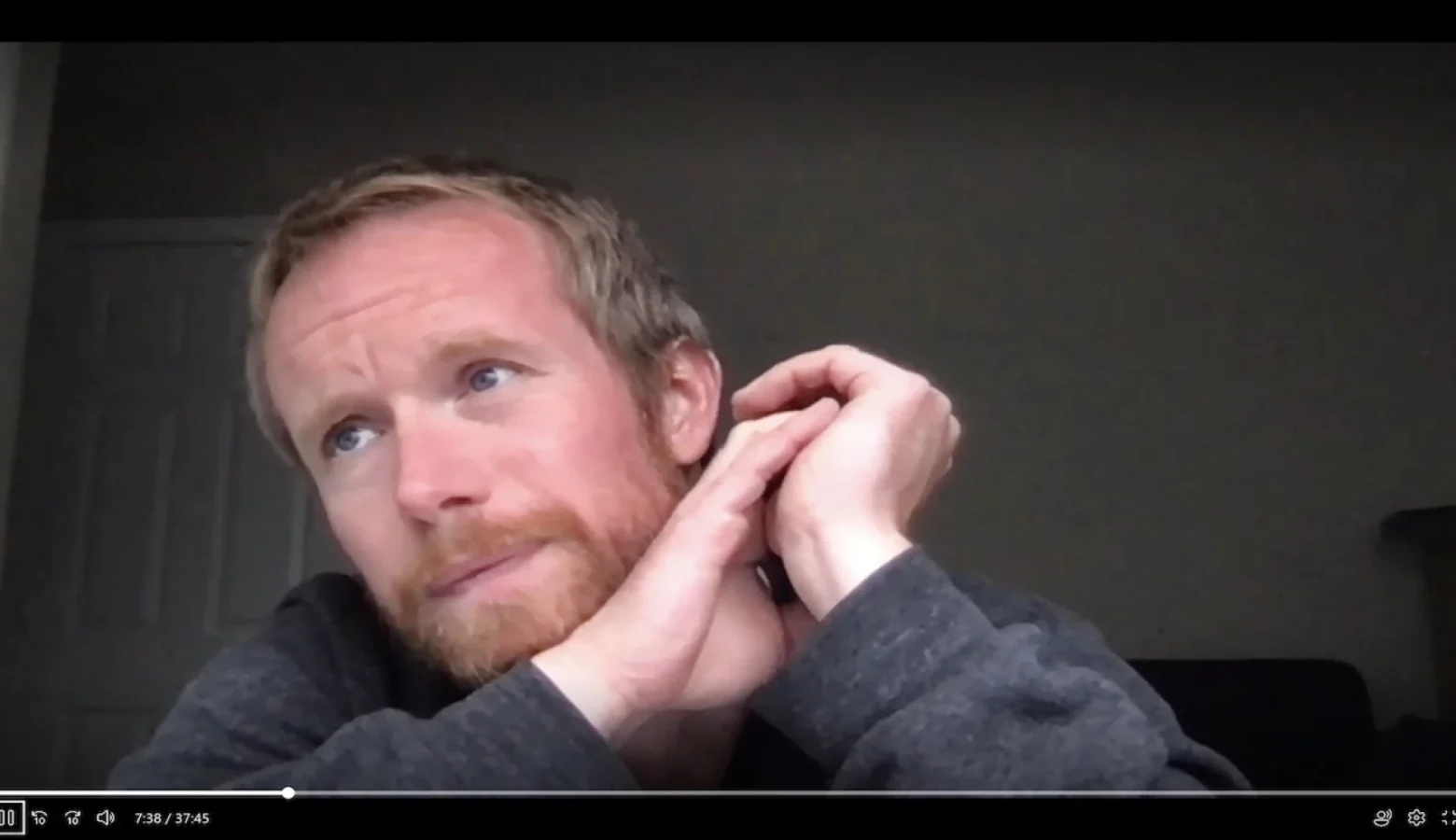Hospitals look to storytelling to reduce stigma toward people with addiction

Belle Smith was using heroin a few years ago and didn’t have access to a clean syringe. A needle broke in her arm and caused an infection.
Smith went to a nearby hospital in South Carolina, where she said staff refused to give her anesthesia and opted to use a local numbing agent while they tried to get the needle out.
“I looked up at one of the nurses, obviously in pain,” Smith said. “And she said, ‘Well, then maybe you just shouldn’t do heroin.’ And I just remember just like silently crying while they dug in my arm.”
Research suggests Smith is not alone. Most health care professionals hold negative attitudes toward patients with substance use disorders, according to a 2013 systematic review of more than two dozen studies. These attitudes can result in patients receiving suboptimal care.
Fatal overdoses in the U.S. have risen over the years, as the opioid epidemic continues to ravage communities. Drug overdose deaths have quintupled since 1999, and from 2019 to 2020, the rate of deaths involving opioids increased by 38 percent.
Throughout society, stigma continues to surround people living with addiction. Experts say in order to combat the opioid crisis, there needs to be greater societal understanding about addiction and more empathy toward people with substance use disorders.
One strategy, spearheaded by researchers in the Midwest, involves using personal narratives to address stigma and biases held by medical professionals.
The power of story to eliminate stigma
Smith’s negative experiences in health care settings led her on the path to becoming an occupational therapist. She hopes to help people navigate life without misusing substances after they leave inpatient treatment, rehab or incarceration, and also advocate for the rights of people with substance use disorders.
While in grad school, Smith came across work from Sally Wasmuth, an assistant professor of occupational therapy at Indiana University Purdue University Indianapolis. Part of Wasmuth’s work focuses on reducing stigma in medical settings toward people who use substances.
Smith reached out and shared her story with Wasmuth.
As part of her research, Wasmuth has collected the stories of dozens of people who have experience with substance use and addiction.
Wasmuth works with Summit Performance Indianapolis, a theater company, to turn those stories into monologues. Professional actors perform the monologues and the team creates films that are screened for audiences of health care professionals.
In one of the recordings, actor Ryan Ruckman portrays a man who recounts having a rough time as a teen. He started to drink alcohol and smoke cannabis everyday with his friends, and he struggled to imagine life without substances.
“Me and my friends, we do drugs,” Ruckman said in the monologue. “And I am feeling so numb and good and perfect. And I turn to them and I said, ‘I’m doing this for the rest of my life. I’m doing this every single day for the rest of my life.’”
Each production includes five or six monologues showing the diversity of people’s experiences with substance use. Wasmuth said the goal is to normalize people with substance use disorders and help health care providers relate to them.
One monologue that usually stands out to providers, because of how relatable it is, portrays a woman with alcoholism who also struggles with an addiction to sugar.
“It wasn’t about, like, using cocaine or something,” Wasmuth said. “She just describes very clearly what happens to her, what happens to her psyche, how she pops that bite of cookie dough in her mouth and how that just starts this whole spiral of thinking and feeling not OK.”
A different kind of implicit bias training
Wasmuth suspects that helping providers better relate to people with substance use disorders can help decrease stigma and bias and improve the quality of care patients receive.
The films’ emphasis on storytelling can be a more effective training method for implicit bias training than traditional approaches, she said, by helping people understand their unconscious stereotypes.
”We think that using narratives and using things like theater and film can help people receive the information or empathize with the stories because their guard is down,” Wasmuth said. “They’re just kind of relaxing and listening to people’s stories.”
Wasmuth is in the process of collecting data to determine whether viewing the productions leads to a measurable reduction in stigma among health care workers.
Before and after the film, researchers survey participants about their views on addiction.
The results are preliminary – not yet published – but Wasmuth said they are promising. On average, after health care workers watch the production, they have a slightly less negative attitude toward people who use substances.
Next steps for the research include tracking whether that reduction in negative attitudes persists long-term, and measuring whether patients who use substances feel more satisfied with the care they receive after their providers receive the training.
So far, more than 5,000 hospital and health care staff across the country have viewed the monologues as part of training offered by their employers, she said.
‘These conversations open up a door’
After the film screening, a panel discussion features people with lived experience with addiction, including Kristy Shene, a peer recovery coach at Dove Recovery House for Women in Indianapolis.
Shene said everyone deserves to be treated like a person when they seek medical care.
“All of these people are humans, and they all need care,” Shene said. “When we decide who needs more care than someone else, whose sickness is more real than someone else’s, that’s when we get into dehumanizing people and hurting people.”
Shene believes in order to reduce stigma, people need to be exposed to lived experiences and have open and honest conversations. She believes the training involving the film screening and panel discussion is a good way to do that.
“We all have bias, and we may not be aware of our internal biases,” Shene said. “These conversations open up a door for people to be mindful and aware of [biases] that they may not even know that they have.”
Rachel McFadden, an occupational therapist at Eskenazi Health in Indianapolis, said once she learned about Wasmuth’s research, she signed up to facilitate the training at her hospital.
McFadden agrees the productions help humanize an oftentimes uncomfortable and taboo topic.
“It’s not just a topic,” McFadden said. “It’s actual people. They’re real people, with real feelings. They have loved ones that care about them. They have lives and goals that they want to accomplish.”
She said the productions have potential to make for more compassionate health care professionals by offering the opportunity “to hear the perspective of someone else and know the power that our words have.”
Wasmuth said she’s hopeful because more people are at least thinking about stigma and how it can affect the care they provide. And that’s the first step in reducing stigma.
This story comes from Side Effects Public Media — a health reporting collaboration based at WFYI in Indianapolis. We partner with NPR stations across the Midwest and surrounding areas — including KBIA in Missouri, Iowa Public Radio and WFPL in Kentucky. Follow Darian on Twitter: @HelloImDarian.

